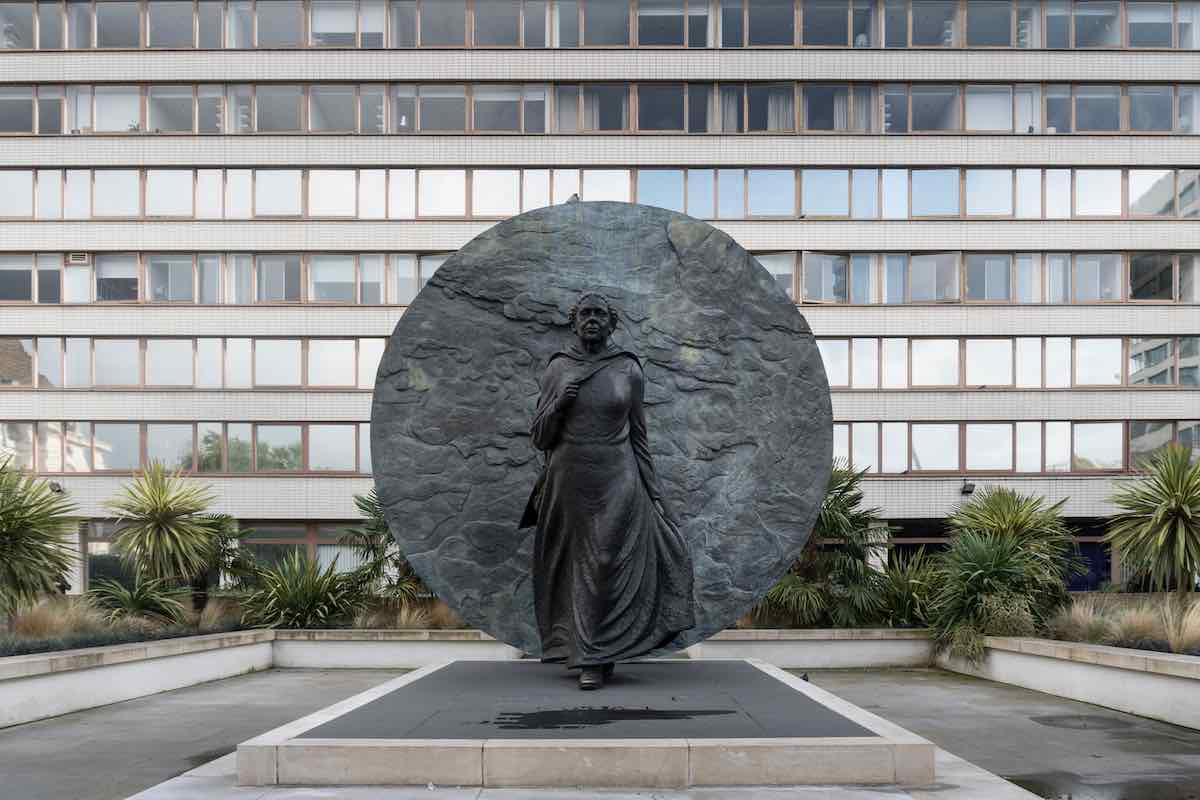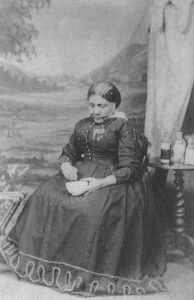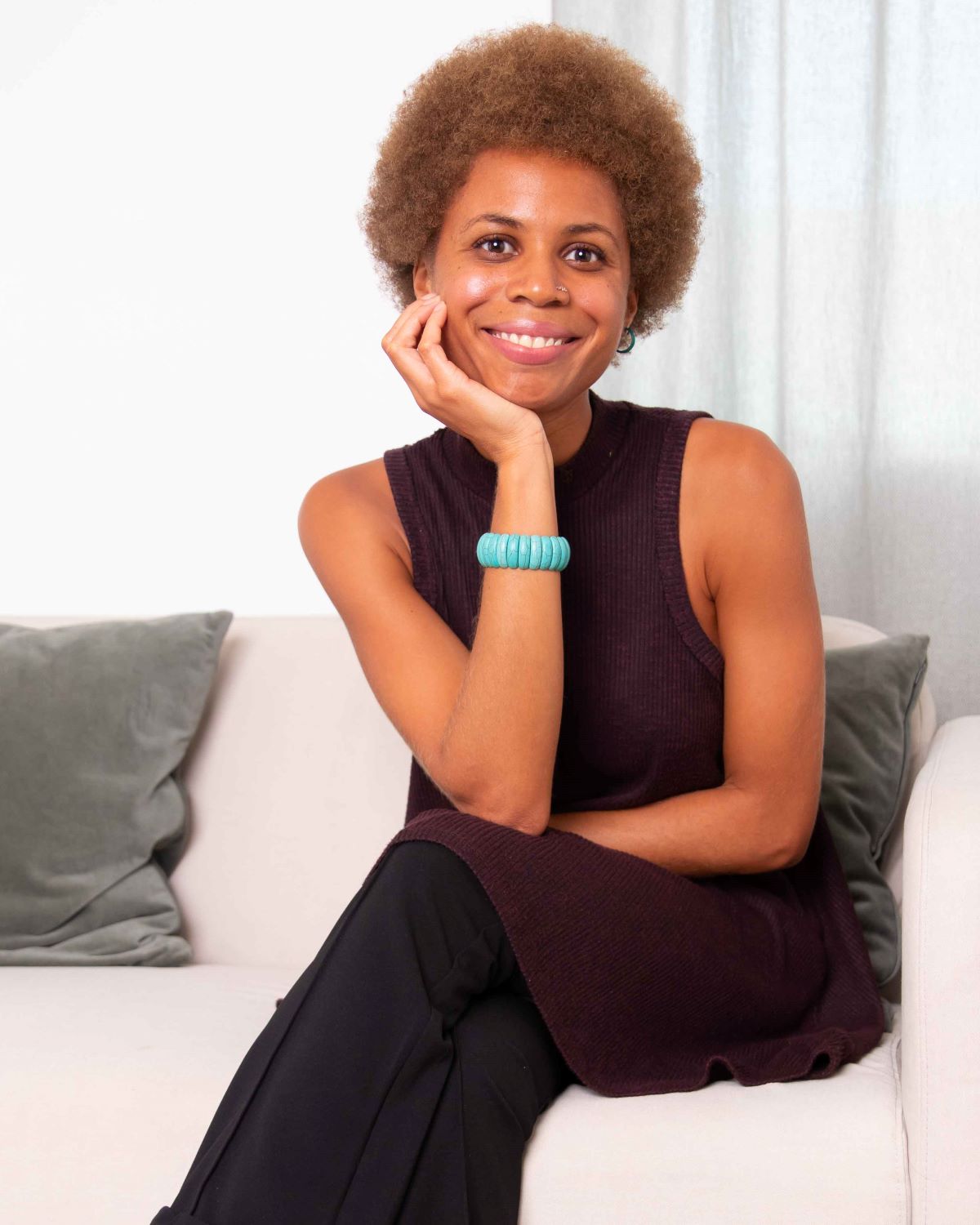Nursing Advice Inspired by Mary Seacole and Her Colorful Life

Mary Seacole was one of the most remarkable nurses in history, but this could be the first time you’re seeing her name. Like the better known Florence Nightingale, Seacole was a trailblazer who made her mark as an entrepreneur and solo world-traveler despite significant obstacles in her path. Her nursing legacy hasn’t received long-lasting credit, despite attaining considerable fame during her lifetime.
Seacole practiced holistic medicine, traveled the world to heal the sick and treat soldiers on the battlefront, and self-funded her journeys. Throughout all the challenges, Seacole remained committed to the nursing mission and helping the sick and injured. The lessons from her inspiring life can easily be applied to the challenges facing many of today’s nurses.
Read on to learn facts about Seacole’s life — as told in her autobiography, Wonderful Adventures of Mrs. Seacole in Many Lands — and what today’s nurses can learn from her nursing contributions.
Who Is Mary Seacole?
Born Mary Jane Grant in Kingston, Jamaica, in 1805 to a Jamaican mother and a Scottish father, Seacole was born between two worlds — and this showed in her nursing practice. Seacole originally learned how to practice medicine from her mom, a “doctress” skilled in Jamaican herbal medicine derived from West and Central Africa, as well as from indigenous people, with South Asian and European influences. Seacole’s mother ran her own business by treating patients in a boarding house catering to British soldiers.
Although Seacole was born during chattel slavery, she was not enslaved because her mother was free. As a child, she practiced healing techniques with dolls, then graduated to nursing sick animals. She was 12 years old when she began assisting her mother.
The skills she learned from her mother were compounded by knowledge from conventional doctors at the boarding house. She learned even more about Caribbean medicine during her visits to Cuba, Haiti, and the Bahamas.
In 1821, when she was 15, Seacole spent a year in England with her relatives, where she deepened her understanding of the Western medical perspective. She married Edwin Horatio Hamilton Seacole in Kingston in 1836.

Mary Seacole: Facts About Her Life
Travels Through the Caribbean
In 1825, Seacole visited the Bahamas, Haiti, and Cuba where she helped those who needed her aid when the situation called for it. She also gained medicinal knowledge unique to these islands.
Treating Cholera in Jamaica
Seacole treated many patients during the 1850 Jamaican cholera epidemic. She demonstrated her knowledge of how some diseases can spread by suggesting the ailment sailed in with passengers on a ship from New Orleans, Louisiana.
Healing ‘Quarrelsome’ Gold Rush Travelers in Panama
In 1851, Seacole was the main healthcare provider of a small Panamanian town during a cholera epidemic. Thankfully, she was already familiar with the disease after her experience in Jamaica.
She also opened a restaurant, where, due to the rowdy nature of people traveling to and from the California gold rush, she dressed many bullet and stab wounds of people she regarded as “rough” and “quarrelsome.”
The only time she wasn’t busy healing others or managing her business was while she rested after contracting cholera herself.
Return to Jamaica and Second Visit to Panama
Seacole returned to Kingston in 1853, where she treated patients during the yellow fever epidemic. She supervised nursing services at the British army’s headquarters and converted her mother’s former lodging house into a hospital.
Afterwards, she went back to Panama to tie up loose ends in closing her business. During this time, she resumed treating people for various diseases. In her autobiography, she recollects a surgeon who became ill and preferred to be cured by her methods instead of going to a Western-trained doctor.
Mary Seacole: Crimean War Contributions
Seacole returned to England in 1854, where news of the Crimean War between England and its allies against Russia was intensifying. She was determined to help despite social and financial barriers. She applied to the War Office but was rejected in her effort to join English nurses — including Florence Nightingale — serving in the war, despite providing numerous recommendations from generals and doctors she had known in Jamaica.
Although Seacole was older than most applicants and her unique background didn’t align with the standard requirements, the swiftness of her rejection prompted her to feel that the reason was largely because of racial prejudice.
She resolved to use her own connections and financial resources to go anyway. Seacole teamed up with a family member to create a facility for the soldiers that was a combination of store, restaurant, and infirmary.
Before her departure, she learned about the most common diseases on the battlefront, which mainly consisted of conditions she’d seen before: cholera, dysentery, and yellow fever.
As soon as she arrived in Crimea, she sent letters to different doctors and generals to inform them of her presence. They were happy to accept her assistance. She helped transport newly arrived patients to the hospital and addressed their needs while she prepared to open her business, which was later named Spring Hill.
Mary Seacole fed the soldiers sponge cake, eggs, lemonade, and other foods from their homeland, which not only provided nourishment, but also lifted the soldiers’ spirits. She was also mindful of the fact that she was the closest person the soldiers had to a maternal figure, hence her nickname, Mother Seacole.
Spring Hill was much closer to the violence than Scutari Hospital, the official military hospital. The location gave Seacole easier access to the battlefield to care for the wounded and comfort the dying, despite the passing bullets. There were multiple times in which she had to dodge shell explosions.
Seacole also nursed the Russian soldiers who showed their thanks through smiles, what she described as “the one common language of the world.” She even treated a wounded horse that later became a beloved pet at Spring Hill.
Mary Seacole’s Life After Crimea
After the war ended in 1856, Seacole returned to England bankrupt. She tried to run a similar business in England, but it failed. She consoled herself by knowing how much she helped others during the war and was frequently stopped by grateful soldiers and doctors on the streets.
Multiple members of the British army and royal family raised money for her. These funds, along with the major success of her memoir, sustained her financially for the remainder of her life.
Seacole died of a stroke in England when she was 76 years old. In 2016, a statue of Mary Seacole was unveiled on the grounds of St. Thomas’ Hospital in London (see photo at the top of this page).
Mary Seacole: Nursing Accomplishments and Lessons for Nurses Today
From the stories of Seacole’s life, there are several practical takeaways for today’s nurses.
Lifelong Learning
Seacole showed how nursing requires a lifelong commitment to learning. She was first exposed to medicine through her mother and then by visiting doctors. She gained even more knowledge during visits to other Caribbean islands and her time in the U.K.
Even the most seasoned nurses don’t know it all. Reinforcement of the same concept, even if it’s from a slightly different perspective, can shed new light. Today’s nurses are expected to learn new information through continuing education requirements. Many choose to gain more knowledge by obtaining their BSN and advanced degrees, and they must also adapt their practice to changes in medicine.
Oftentimes, nurses learn on the job because nursing school can only provide a foundation. Seacole had limited experience with bullet and stab wounds in Jamaica, but she was constantly confronted by them in Panama. By the time she left Panama, she gained the skills to treat such wounds, which prepared her for the Crimean battlefront.
Some nurses might not know how to insert IVs or perform wound care until a patient requires it. When faced with an unfamiliar issue, use your resources to learn the solution. One day, what was once daunting will become second nature.
Share Your Knowledge
Don’t downplay the knowledge you have to offer. All health practitioners can learn from each other, and benefit from the other’s viewpoints regardless of their chosen specialty and status. Seacole’s knowledge of Jamaican remedies were effective and sought-after despite being outside the scope of Western medicine, and she was correct in her theory that some diseases travel with their hosts.
Nurses spend far more time with patients than doctors do, so nurses’ observations can play a critical role in health outcomes. It’s also important for nurses to speak up on how they feel about their workplace to improve conditions. When you share your insights, not only can you teach someone something new, but there may also be plenty of others who agree with you. Your input could lead to beneficial changes.
Nourish Your Network
The people you work with now could always reappear in your life down the road. Seacole’s choice to contact past colleagues upon her arrival in Crimea supported her goal of helping soldiers. These same colleagues were among the many thankful people who helped raise money for her when she returned to England.
Surround yourself with people who understand and respect you, and treat others the same way. Only other nurses understand what it’s like to work in this industry, often making professional peers the best people to find when you’re unsure of a decision or simply need someone to listen.
If you decide to leave a job, do so with respect. Past colleagues and managers are who you’ll turn to for references, and could tip you off to a beneficial opportunity. You never know who might be able to assist you later.
Always Look for the Positive Aspects of Your Job
Nursing can require sacrifices. A lot of time and energy goes into nursing school. Nurses often work on some holidays or cancel plans to stay late after a particularly busy shift. Certain nursing jobs present unique hazards. It’s important to remember the main reason you got into nursing: to help others with your unique skill set.
Despite Seacole’s trials, her love of healing people continued to propel her towards new nursing adventures, and the gratitude of those she helped made her troubles worthwhile. Remembering the soldiers she cared for during the Crimean War played a large role in her ability to remain positive through her financial losses after the war ended.
When times get stressful, try to remember all the lives you’ve changed. And if you’re inspired, share your experiences in a blog or a book, like Mary Seacole!
Other Important Nursing Leaders
Wondering which other nurses have contributed to the profession? Check out these articles on nursing leaders:
- Clara Barton
- Florence Nightingale
- Harriet Tubman
- Lucy Higgs Nichols
- Susie Walking Bear Yellowtail
- Walt Whitman
History Is Always in the Making
Mary Seacole proves that there is no one path to success. There are many ways to impact nursing — find out how you can impact the field with the latest nursing job opportunities in your area and specialty on IntelyCare.


